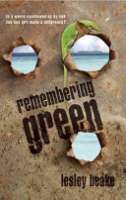
In 2200, Rain, a young princess of the River People, and her lion cub Saa are kidnapped in an attempt to gain the River Peoples’ secret of harvesting the rain and to force Rain’s participation in a terrible ceremony.

In 2200, Rain, a young princess of the River People, and her lion cub Saa are kidnapped in an attempt to gain the River Peoples’ secret of harvesting the rain and to force Rain’s participation in a terrible ceremony.
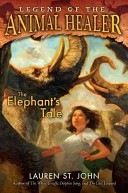
Martine and her grandmother discover that they might lose Sawubona, their African game reserve, to the sinister Reuben James. But a prophecy from Grace rouses Martine and her best friend, Ben, into action. To find the truth and save the reserve, Martine and Ben must stow away in an airplane, which strands them in the desert, thwart Mr. JamesA’s creepy henchman, and rescue a herd of very special elephants from the dangerous Moon Valley. The adventure also leads the kids to answers about MartineA’s destiny. Jemmy, the white giraffe, and Khan, the last leopard, are alongside Martine and Ben as the Secret Valley reveals its mysteries in this satisfying conclusion to the series that began with the #1 ChildrenA’s BookSense Pick, The White Giraffe.

Departure Time is the amazing journey of a girl in two stories. The girl in the hotel with the fox and the rat, and the girl whose father travels a lot, who suggests they write a story together, a story about talking animals. She doe sn’t wan to. She is angry with him, because he can’t make it home in time for her birthday.
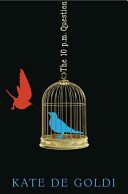
Worry-prone Frankie keeps his family secret under control — until a bold, inquisitive girl enters his life — in this warm, witty, and captivating YA novel.Twelve-year-old Frankie Parsons is a talented kid with a quirky family, a best friend named Gigs, and a voice of anxiety constantly nibbling in his head: Could that kidney-shaped spot on his chest be a galloping cancer? Are the smoke alarm batteries flat? Has his cat, The Fat Controller, given them all worms? Only Ma, who never leaves home, takes Frankie’s worries seriously. But then, it is Ma who is the cause of the most troubling question of all, the one Frankie can never bring himself to ask. When a new girl arrives at school — a daring free spirit with unavoidable questions of her own — Frankie’s carefully guarded world begins to unravel, leading him to a painful confrontation with the ultimate 10 p.m. question. Deftly told with humor, poignancy, and an endearing cast of characters, The 10 P.M. Question will touch everyone who has ever felt set apart.
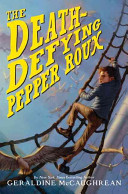
Having been raised believing he will die before he reaches the age of fourteen, Pepper Roux runs away on his fourteenth birthday in an attempt to elude his fate, assumes another identity, and continues to try to outrun death, no matter the consequences.
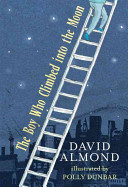
Crackpot notions, community spirit, and sky-high aspirations transform a quiet boy’s life in this whimsical tale from the stellar team of David Almond and Polly Dunbar. There are some strange ideas floating around in Paul’s apartment block. There’s Mabel, who now calls herself Molly and whose brother hides under a paper bag. Then there’s Clarence, the poodle who thinks he can fly. But the strangest notion of all is Paul’s. You see, Paul believes that the moon is not the moon but a great hole in the sky. And he knows that sausages are better than war. How on earth (or not) will he find out if he is bonkers or a genius? With a few equally bonkers (or genius) helpers and a very long ladder, that’s how! From a master of magical realism and a celebrated artist comes another delightfully outrageous expedition.
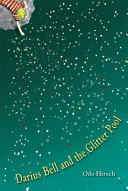
The Bell family’s ancestors were showered with honors, gifts and grants of land. In exchange, they have bestowed a Gift, once every 25 years, on the town. The Gifts have ranged from a statue to a bell tower with stained-glass windows, but now it is Darius’s father’s turn – and there is no money for an impressive gift. It looks as though a wheelbarrow full of vegetables is the best they can do. Darius is determined to preserve the family honor, and when an earthquake reveals something glorious, he thinks he’s found the answer.
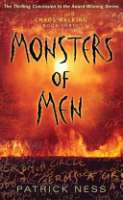
As a world-ending war surges to life around them, Todd and Viola face monstrous decisions, questioning all they have ever known as they try to step back from the darkness and find the best way to achieve peace.

In Fibonacci’s Field, Lonely and Chalk Rabbit meet, snuggle together, and then spend a year trying to cope with their ever-increasing brood and the seasonal changes that bring a new challenge each month. Presented in calendar format with one pop-up illustration and other special features.

When twins Toby and Tess meet a mysterious old traveller, they are fascinated by his magical tales of far-off places, strange enchantments, and miracles.